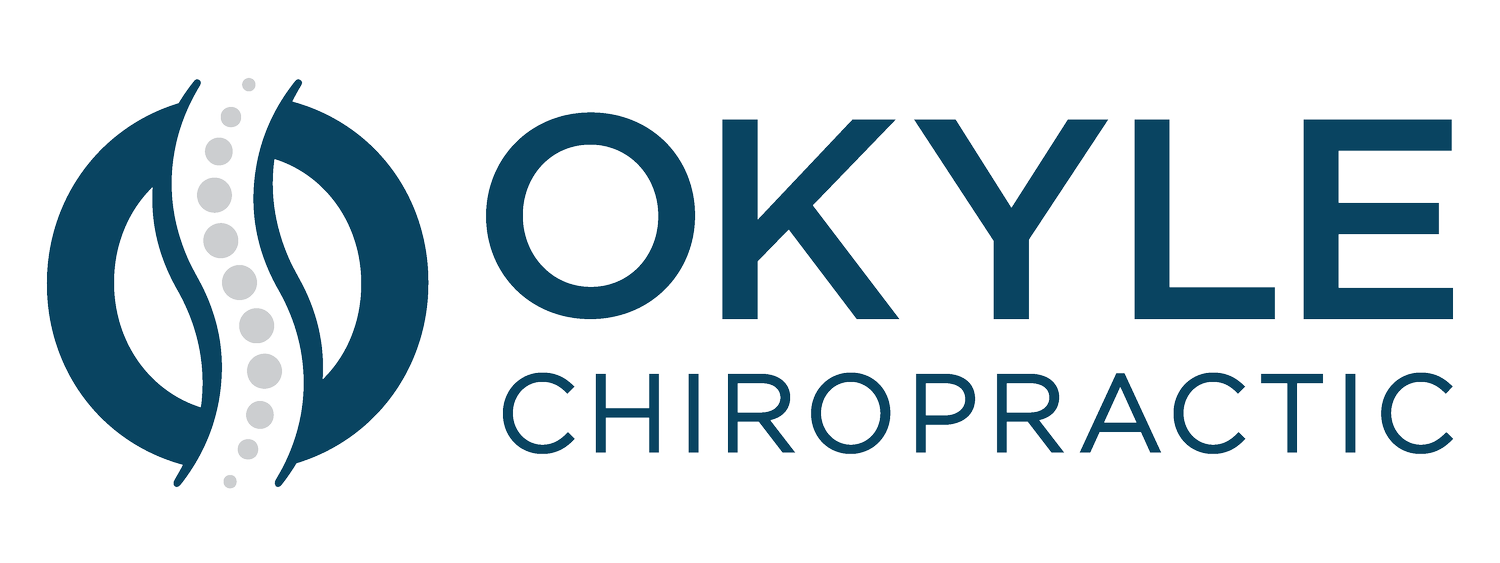ACUTE VS CHRONIC PAIN
What is considered acute pain? What is considered chronic pain? Are both treated the same way? Is there something I should be doing differently for each? — These are common questions I receive on a weekly basis. Below outlines the difference between acute and chronic pain, how long each typically lasts, what might cause each, how to treat at home, and how chiropractic care can help both.
Acute Pain
This type of pain comes on suddenly and is temporary. It usually aids the body as a warning and serves as a protective mechanism. Acute pain is oftentimes caused by an injury, surgery, new illness, or trauma - ex: broken bones, new muscle strains, new ligament strains, burns, cuts, etc.. The pain typically goes away once the cause is treated/healed and usually lasts anywhere from 2-7 days, but may be up to 30 days.
The primary goal for treating acute pain is to address the underlying cause and provide relief to the injury site until healing occurs. Staying on top of inflammation is key for acute pain, which may be done through ice or cold therapy. Rest is also important for acute pain for the first day or two. Avoiding activities that exacerbate the pain is also important. HOWEVER - please remember that prolonged inactivity is not recommended for most scenarios as this may lead to muscle stiffness, imbalance, and possible weakness.
Proper posture and ergonomics are other key elements to healing acute pain. Lifting objects properly (bend at the knees and keep your back straight) is another great method of repair.
Finally, diet and nutrition play a huge role in the body, especially when recovering from an accident, injury, trauma, surgery, anything. Be sure to drink plenty of water (recommended intake is half your body weight in ounces for most individuals) and eat a nutritious diet focusing on anti-inflammatory foods (discussed in the ‘Diet’ blog post).
Chronic Pain
This type of pain develops slowly and is long-lasting. It is defined as pain that persists for longer than six months, even after the initial injury/illness has been treated or healed. It can continue for months or years and may persist even when there is no longer an apparent cause.
Chronic pain may be the result of an ongoing health condition such as arthritis, cancer, neuropathy or other underlying disease. Treating chronic pain may sometimes be a bit more multifaceted depending on the condition and symptoms. Heat is usually a great treatment option for chronic pain as it helps increase blood flow and decreases blood stagnation in and around an injury site.
Regular exercise is a great way to keep chronic pain at bay. Low impact activities such as swimming, walking, or cycling are usually best for someone who is susceptible to pain. Stretching and strengthening muscles are also key to treating chronic pain. I have found that yoga and pilates are wonderful exercises for individuals of all ages to assist with chronic pain, especially with an instructor who understands your body and what injuries to work around.
As mentioned with acute pain, diet is also key to treating chronic pain. Ensuring that you are taking in enough water each day and eating a diet high in nutrients will leave you feeling better.
Sleep is another *SUPER* important piece to the treating chronic pain puzzle. Getting enough sleep allows your body maximal opportunity to heal. The main purpose of sleep is to allow our body to repair. If the body doesn’t get enough sleep, it won’t have the opportunity to heal areas that may need a little extra love.
What Can Chiropractic Care Do For Both Acute and Chronic Pain?
Chiropractic care is an excellent source of therapy for both acute and chronic pain. Depending on the condition and what is causing the pain will determine how to treat the body. Soft tissue therapy is a wonderful tool for relaxing and treating tight muscles and connective tissues. It also helps alleviate muscle spasms and improves blood flow to the surrounding tissues, which in turn will help decrease inflammation and increase healing. Chiropractic manipulation or mobilization are also used for both acute and chronic pain. These techniques help increase joint motion and the body’s physical function. Both are used to help reduce pain and improve mobility for both acute and chronic cases.
Chiropractors may recommend exercises and stretches depending on the cause of pain. The goal is to help stabilize and strengthen the muscles to aid in recovery and prevent further injury. During appointments, proper posture and ergonomics are also discussed, including lifting techniques, sitting posture, sleeping posture, workstation setup, and more. All of these help reduce strain on the back and prevent further injury. They may also help stabilize the body to aid in healing.
Any questions? Feel free to reach out to our office via phone or text: (310) 880-9663. Happy healing!
Disclaimer: The information provided on this chiropractic blog is for general informational purposes only and is not intended as a substitute for professional medical advice, diagnosis, or treatment. Always seek the advice of your physician or another qualified health provider with any questions you may have regarding a medical condition. Never disregard professional medical advice or delay in seeking it because of something you have read on this blog. If you think you may have a medical emergency, call your doctor or 911 immediately. Reliance on any information provided by this blog is solely at your own risk.
